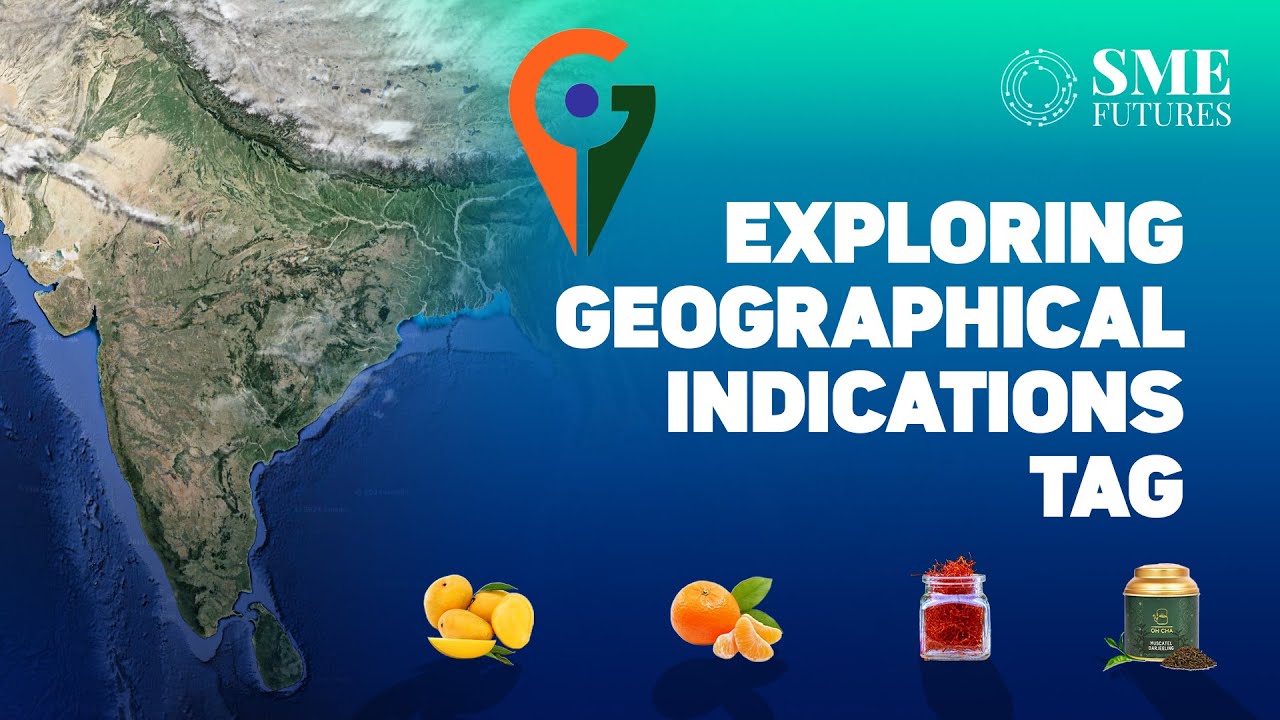Quick Links:
News
Agriculture drives India’s growth trajectory towards Viksit Bharat: PHDCCI
With Tesla’s India entry on horizon, Govt likely to tweak EV policy
Indian auto component industry’s revenues to expand by 8-10% in FY26
Govt acts tough on OTT, social media platforms, asked to adhere to laws of the land
Number of operational EVs in India likely to cross 28 mn mark in 2030: IESA
81% surge in construction job seekers, engineering roles double amid infrastructure growth in India
Tax relief fuels quick service restaurant growth in India
India set to become global aerospace hub with rising fleets and strong govt support: Report
Centre launches digital brand identity manual to standardise e-governance
Indian mobile manufacturing companies exported Rs 1.5 lakh crore worth of mobiles in Jan 2025: ICEA







